Bufones de Pria – Must-See Massive Geysers [Complete Guide]
The Bufones de Pria are massive geysers on the coast of Asturias, and definitely a must-see if you’re around.
Seeing jets of seawater rise high up in the air right next to you is an incredible experience, and can get pretty impressive in the right conditions.
Ready to see them? Here’s everything you need to know:
Where Are the Bufones de Pria?
The Bufones de Pria are located in Asturias, on the northern coast of Spain. It’s a 2 hour drive from Bilbao, 1h from Gijón, and only 45 minutes from the Lagos de Covadonga in Picos de Europa.
It’s also right next to 2 iconic towns in Asturias, Ribadesella (15mn) and Llanes (25mn).
How to Get to Bufones de Pria, Asturias?
It’s a bit tricky to get to the right spot in Bufones de Pria.
There are basically 2 sides, separated by a beach. There’s no direct road from one side of the cliff to the other, and it takes around 15 minutes to drive from the left side to the right side.
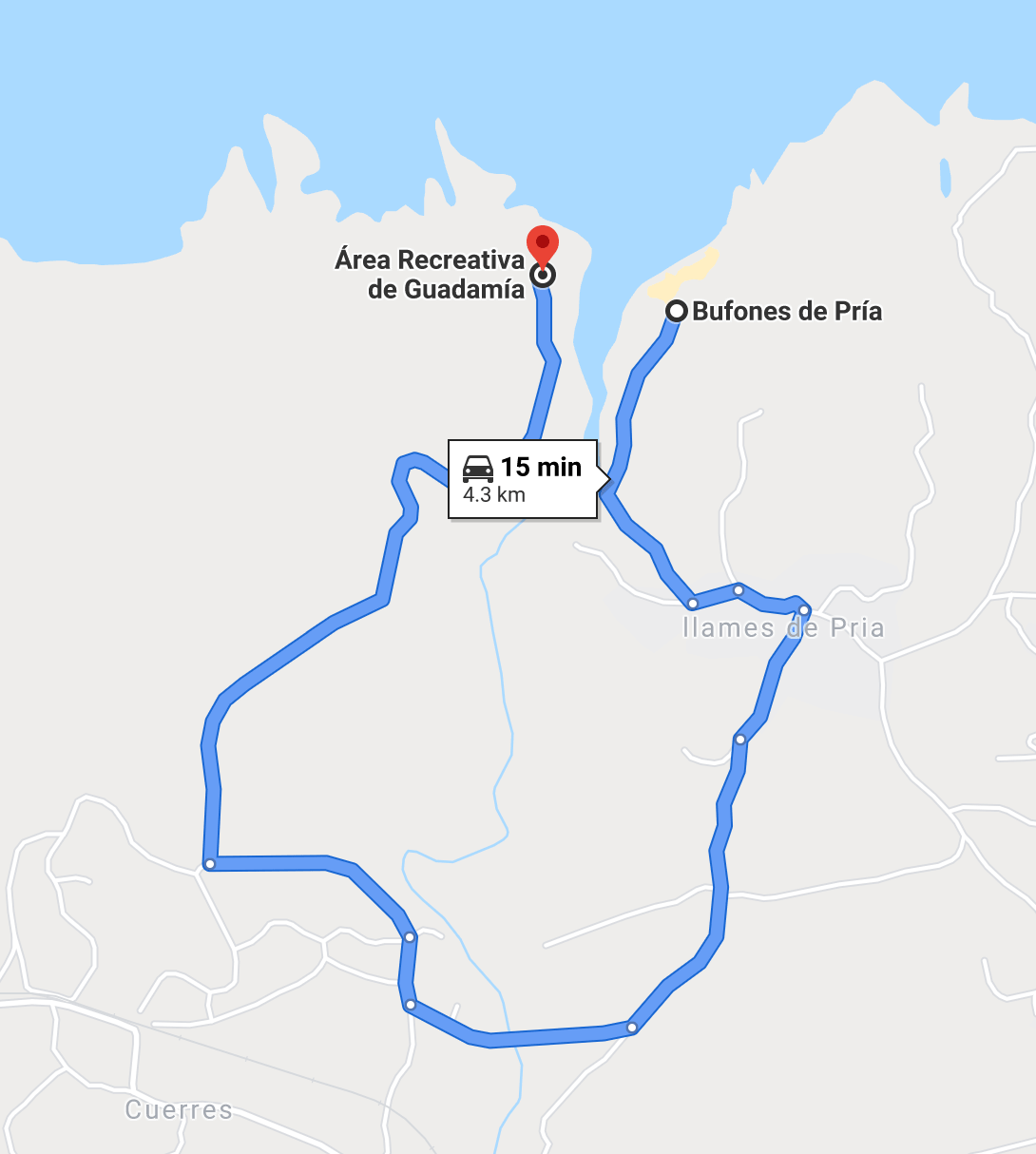
One does not simply walk to the other side; so you need to pick the correct one for you!
- Left side: best for photos & exploration
- Right side: best to see the geysers up close, enjoy the beach and the restaurant
Of course you can do both, you’ll just need to take your car again & drive for a bit.
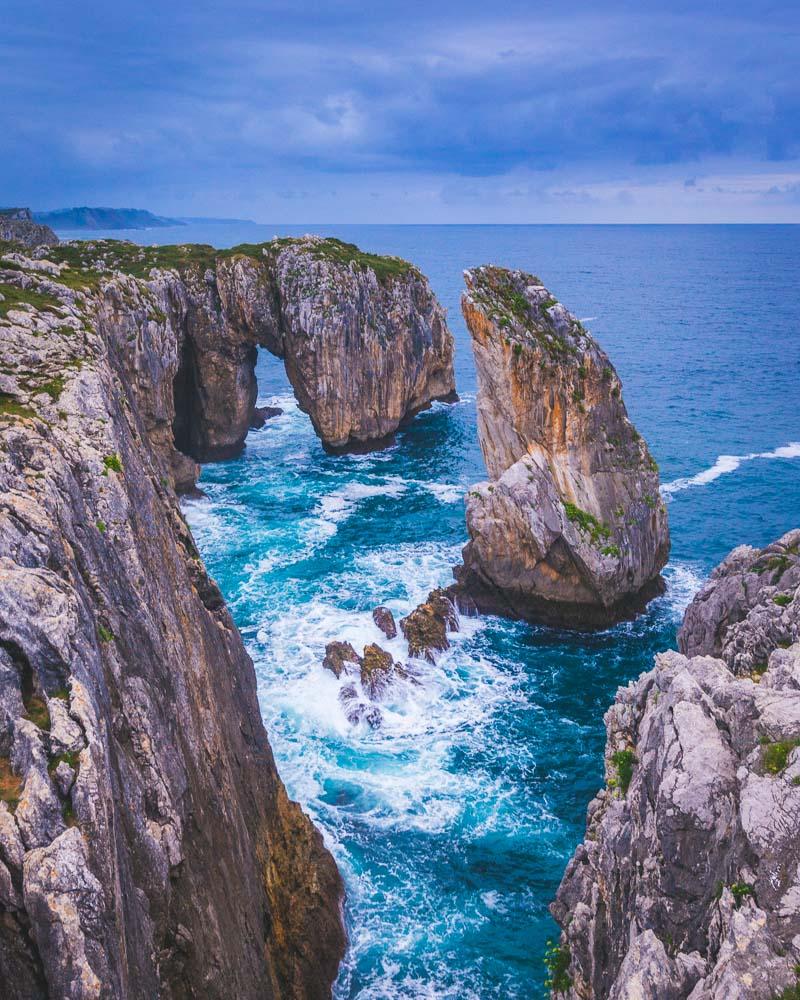
Getting to the left side
Drive to Cuerres, then take the “Curres” road heading north. You’ll reach the end of the road within 5 minutes, and you’ll get to a parking where you can leave your car.
Getting to the right side
Drive to Llames de Pria, then head to the Restaurante Playa de Guadamia. You can either park there, close to the beach, or keep driving on the road for 2 minutes towards the edge of the cliff where you can park your car closer to the geysers.
What to Expect
Wondering if you should visit the Bufones de Pria?
This section will give you more info about the place, including photos, to help you make up your mind!
Warning: the geysers are powerful enough to blow away an adult man in the sea. Be careful and watch your kids!
What are “bufones”?
“Bufones” is Spanish for “buffoon” or “jesters”. It’s the name given to a natural phenomenon: chasms and cracks in the cliffs, created by the massive waves crashing against the cliffs, year after year, relentlessly.
The bufones act like chimneys: now when waves hit the bufones, the water gets in the lower part, rises to the top of the chimney and erupts in the air, creating massive geysers.
The geysers are concentrated on the right side of the cliff: there are several chimneys along the coastline, and thus several geysers.
The waves themselves create massive splashes when crashing against the cliffs, which adds to the overall scene.
All in all it’s a crazy experience, and it’s pretty unique. Definitely worth a visit if you’re in the area.
Best Time to Visit
The geysers are not there all the time. If you want to see the geysers, you’ll need to pick the right time to visit.
Best time to see the geysers: High Tide
You can check the tide in advance by using this link. Plan your visit when it’s high tide, and you’ll have the most chances to see the geysers!
The most epic geysers happen when the sea is rough, which is when there’s a lot of wind. Combine high tide and windy day for the most chances to see them.
Can’t make it at the right time? Don’t worry, it’s still a beautiful coast to explore & you can enjoy the beach! Keep reading below to see what you’ll find, apart from the geysers.
Exploring Los Bufones de Pría
After an exhausting 10 hours hike to the Lagos de Saliencia, we needed to catch a break with Laurent. We chilled for the day in Ribadesella, a nice coastal city.
While having a coffee in a local restaurant, I was looking for interesting things in the area on Google Maps, and found the Bufones de Pria. The images showed massive geysers over dramatic cliffs; I was hooked.
We decided to go there at the end of the afternoon, but sadly it was low-tide and we didn’t see any geyser. Shit happens.
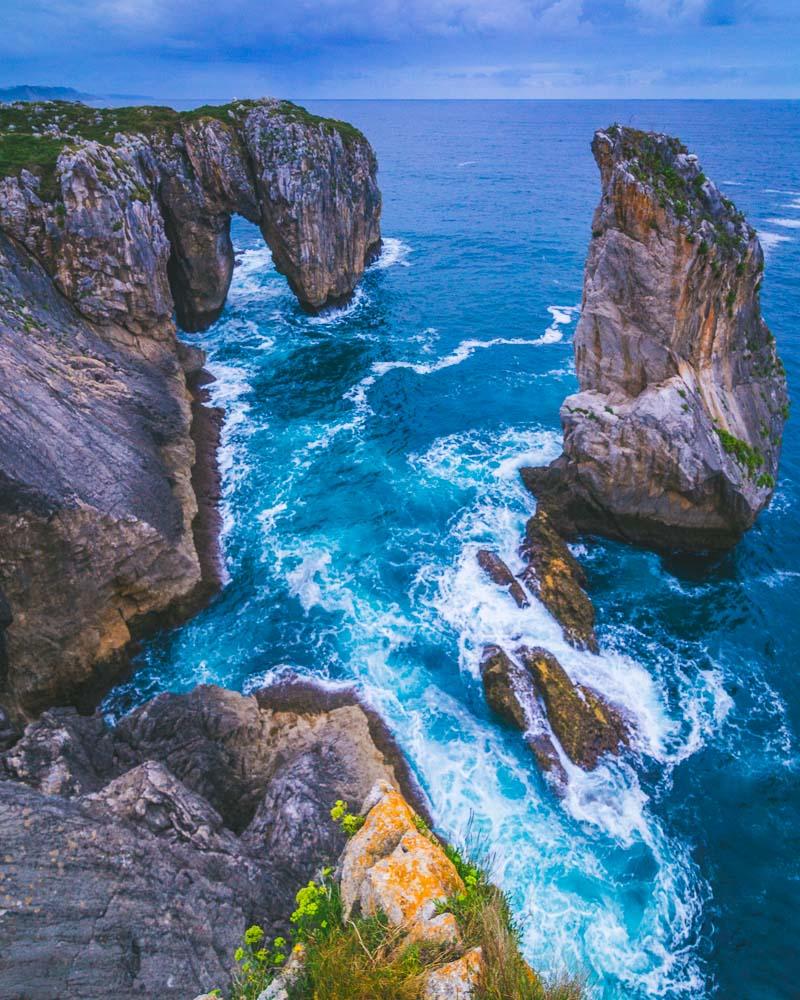
We still saw some epic stuff though! We headed to the left side of the cliffs, and explored the area.
The first view we got was of the opposite side, where the geysers are supposed to happen. There were none at that time, but it still looked good with the waves crashing on the cliffs.
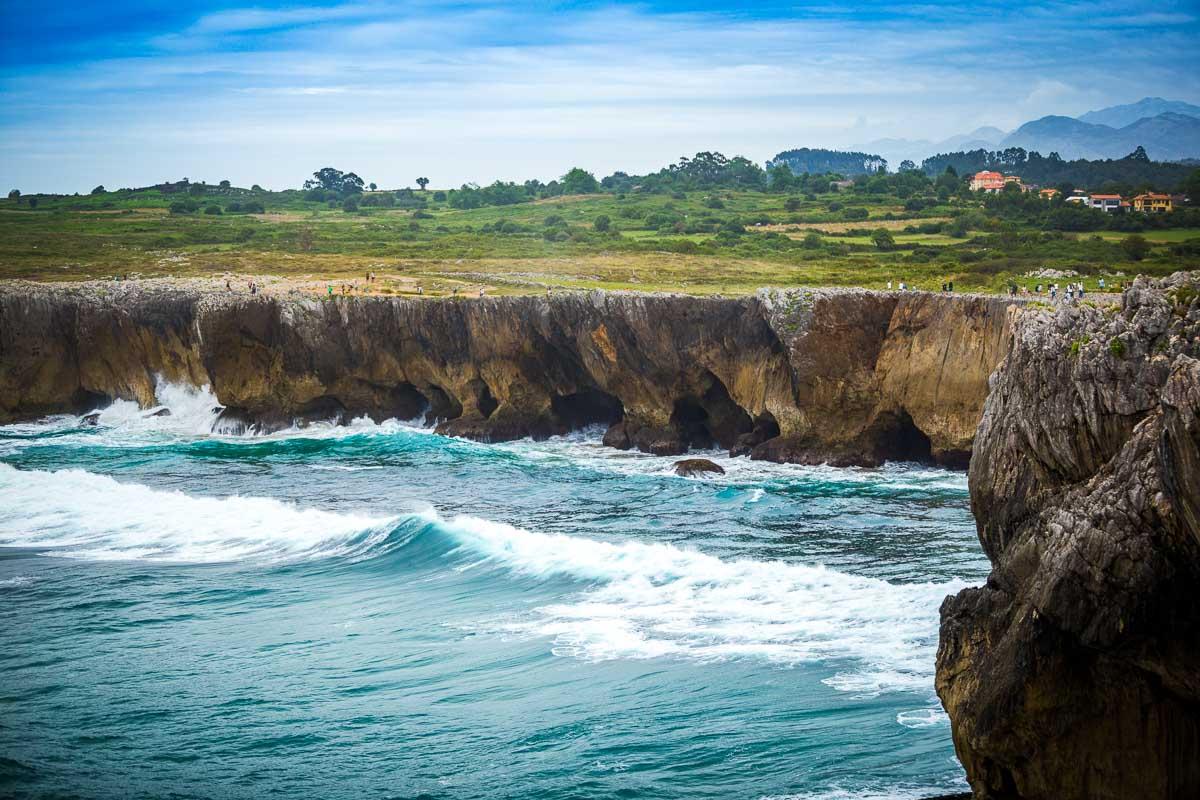
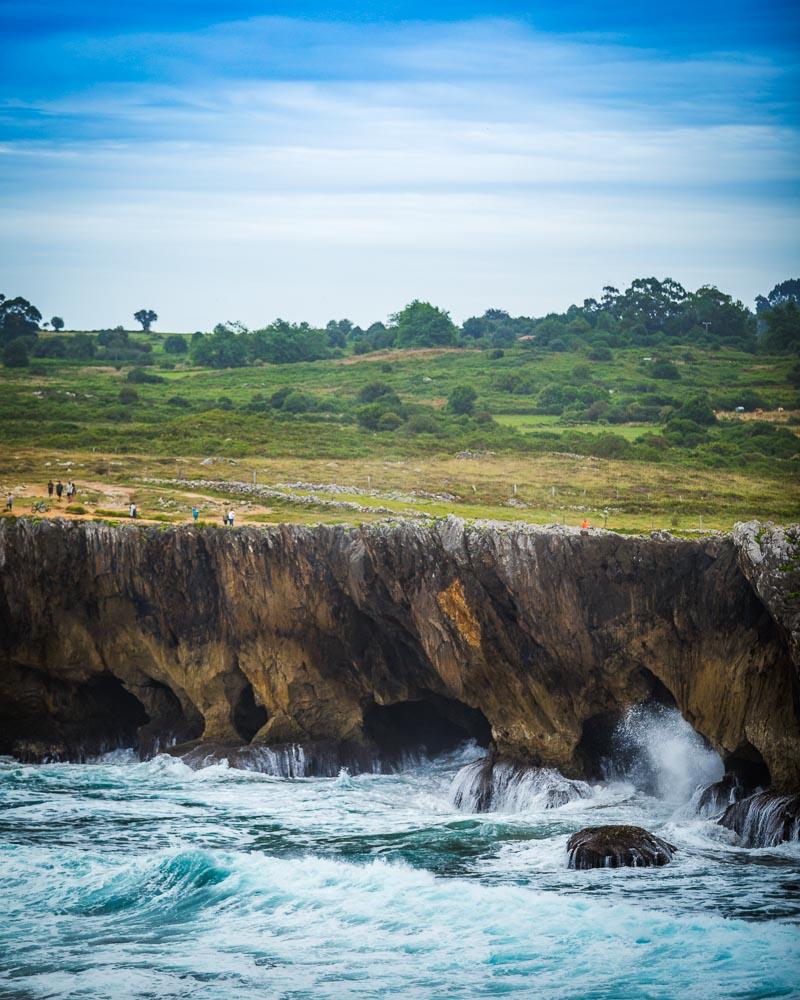
You can easily imagine how much more epic it would look with the massive waves crashing but hey, it still looked pretty cool.
I walked away from the main geyser spots, and along the coast. I stumbled upon a pretty cool scene, with unique rock formations, and split in half by waves crashing for more than thousands of years.
A bit further I found several huge holes in the rocks; they can be hard to spot, and you really need to watch your step! The water was pretty deep since it was low-tide, but this is where the geysers usually happen.
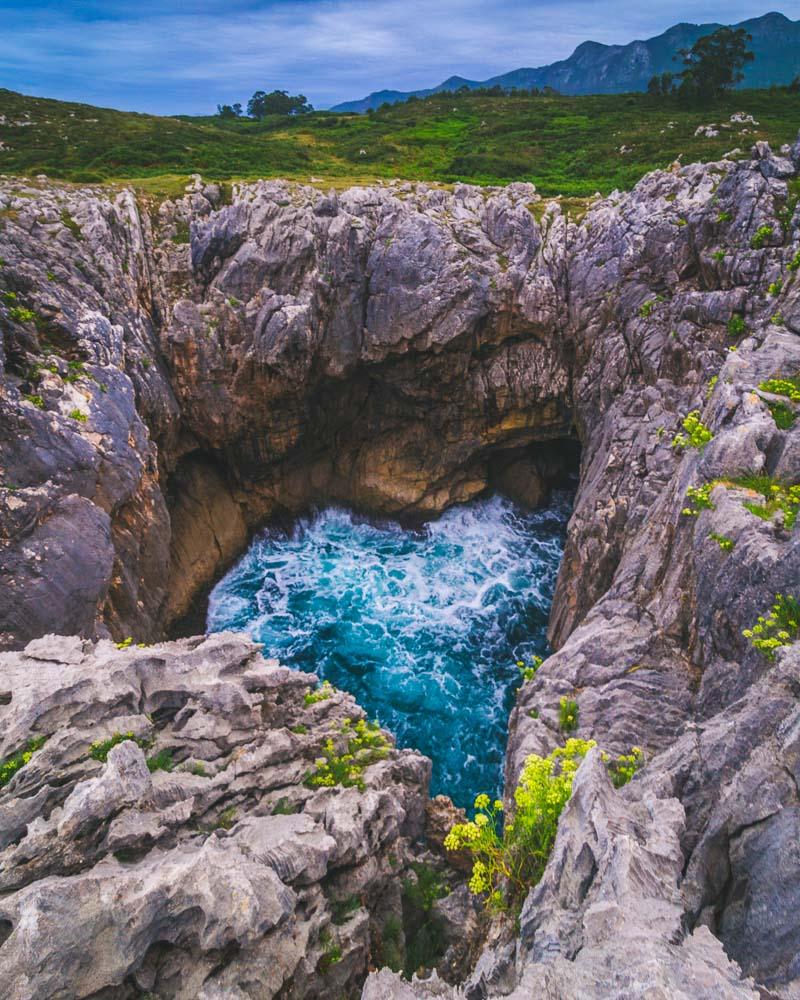
After taking my fair share of photos, I kept walking further down the coast, and found a cool natural bridge formed by the rocks; it’s wide enough to walk across but it was wet from the waves, so didn’t test my luck there.
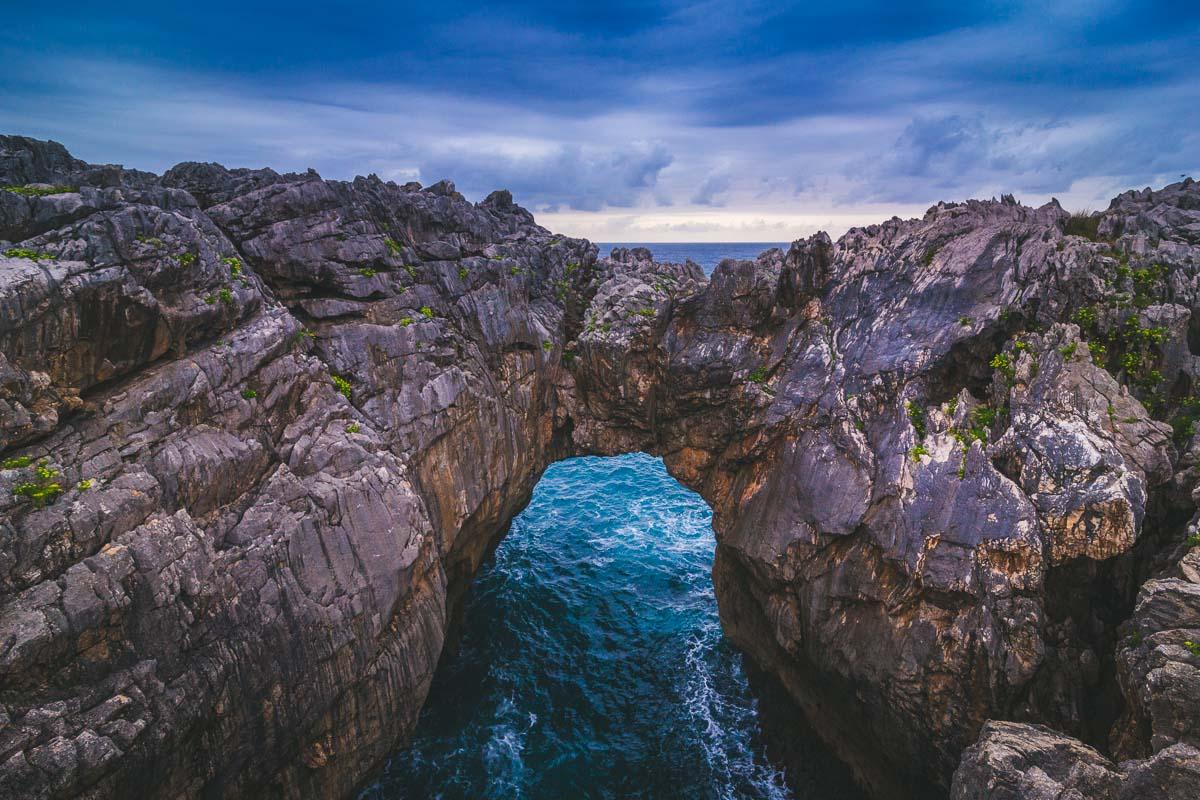
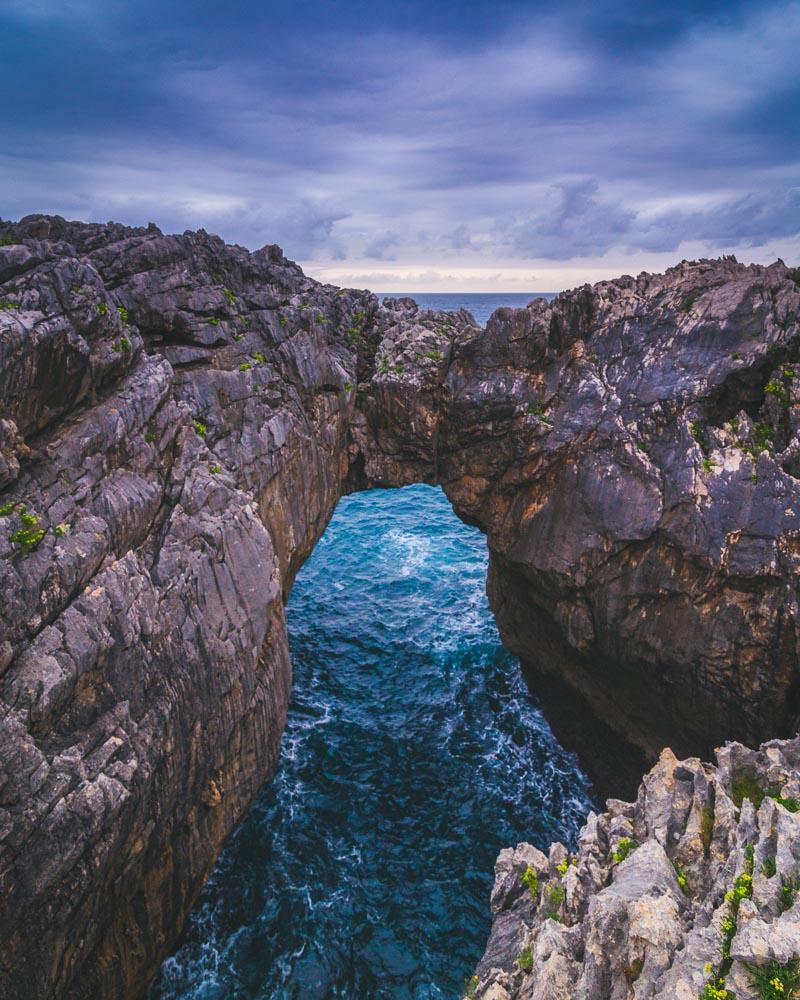
And finally, after 30 minutes of walking on pointy rocks, going around holes, and asking locals, I got to the epic spot I saw earlier on Google images.
A massive pointy rock in the middle of the sea, right next to a natural arch.
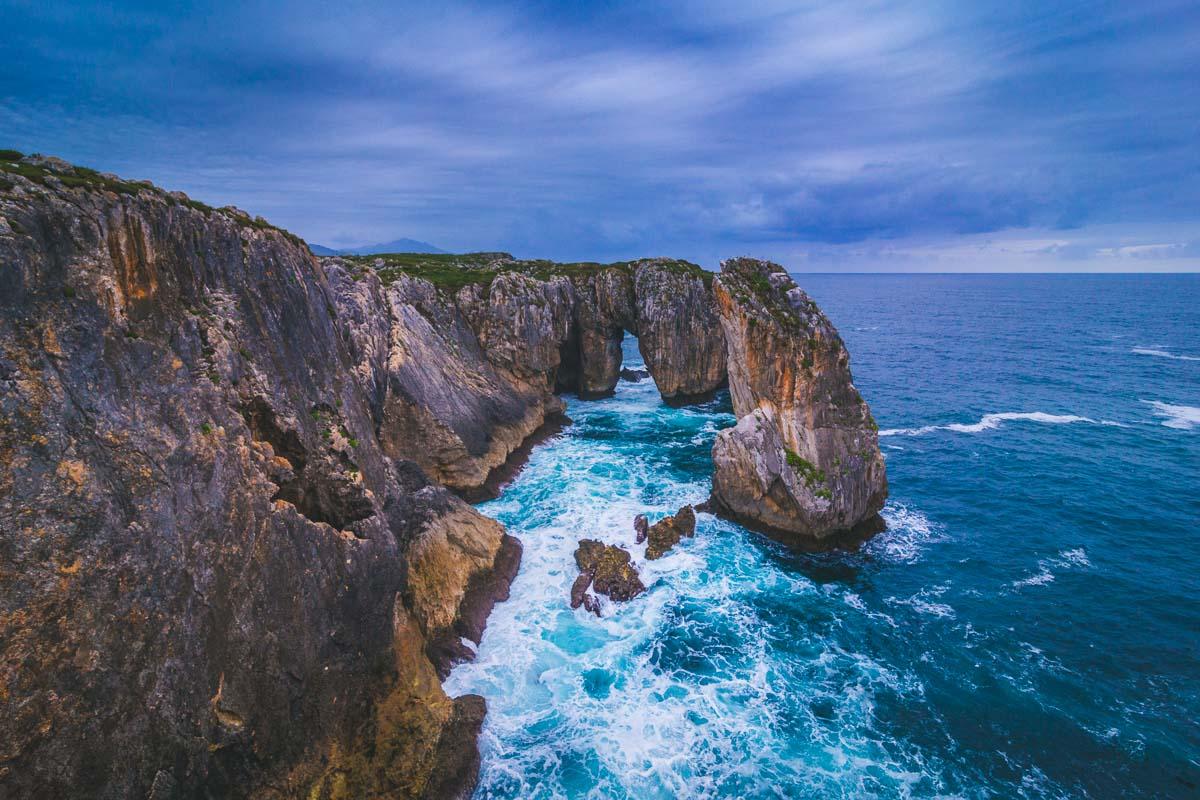
I walked around the cliff to get a better view, and basically spent close to an hour there, waiting for the sunset. I didn’t get lucky with the sunset, but it was still nice being up on the cliffs, watching the waves crash under me.
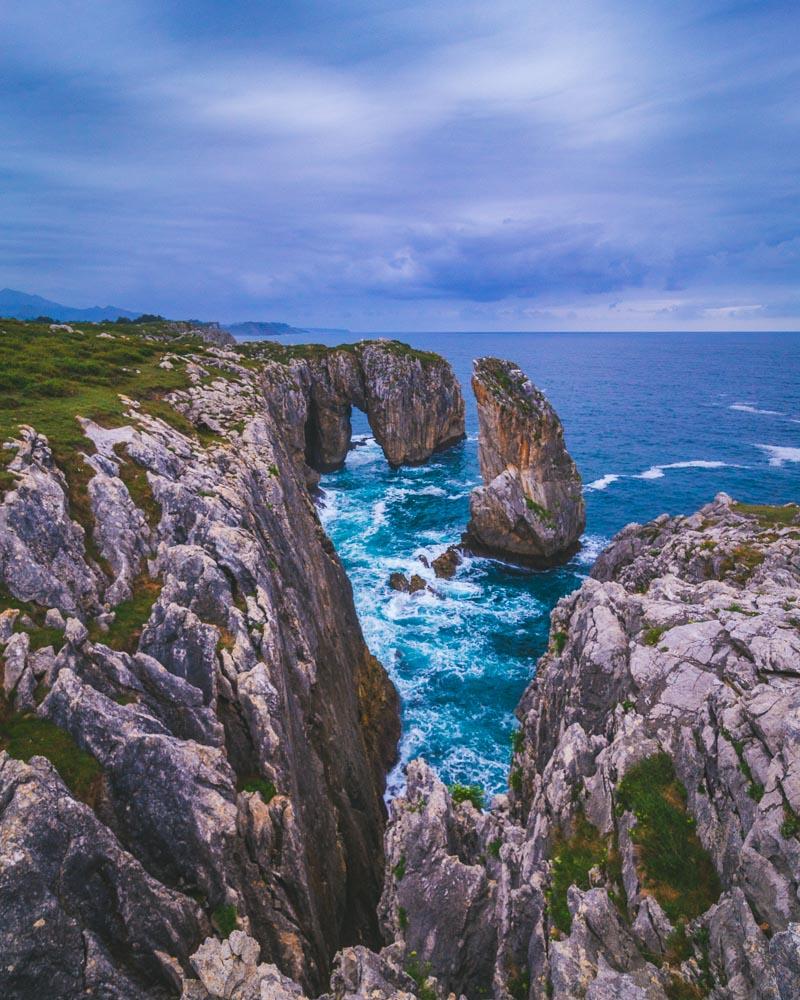
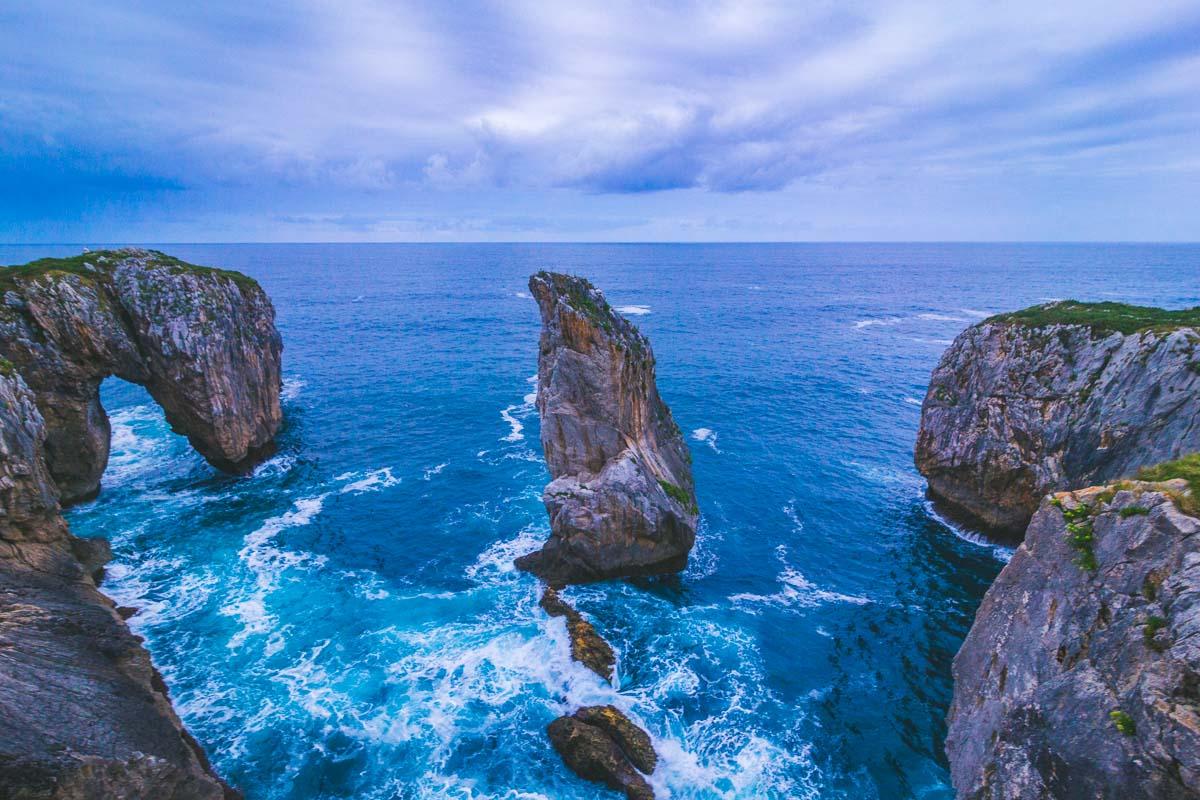
Playa de Guadamía
If you come to los Bufones de Pria when it’s hot & sunny, you can plan a bit more time and enjoy the beach nearby: Playa de Guadamía.
Over the years, the sea has made its way inland, between the cliffs. At high-tide, it creates a natural pool where you can come swim & chill in the water. At low-tide, you can walk in the sand in between the cliffs, all the way to the sea.
Here’s how it looks like:
https://youtu.be/zKv7U2GqAXU
Where to Stay Nearby
The Bufones Pria are close to Ribadesella and Llanes, 2 of the most beautiful cities on the coast. They both are wonderful places to stay for your trip in Asturias.
- Best Hotel in Ribadesella – Hotel Villa Rosario: a charming boutique hotel, located right on the beach. Oh and free private parking too!
- Best Hotel in Llanes – Apartamentos Turisticos Llanes: a comfy flat right in the center of the town with everything you need for the perfect homebase.
- Best Value Hotel – Pension Arbidel: hard to find a best option for that price in Ribadesella; a private room in the center of the town for around $25 per person.
Visit Spain
Planning a trip to Asturias and Spain? You can find below several other articles about this wonderful part of the world to help you plan your trip.
Asturias Guides:
Get your hiking on in Picos de Europa with these 10 hikes (and more!)
Enjoy the outdoors in Somiedo Natural Park
Or discover more of the Costa Verde coastline with Cabo Vidio and Playa del Silencio
Spain Guides:
Discover Toledo on a day trip from Madrid
Visit Segovia with its castle, cathedral & aqueduct
More into castles? Visit all of the best castles in Spain!
I hope you enjoy your trip to Bufones de Pria Asturias and to Spain; if you have any questions, let me know in the comments below, I always reply.
Help a fellow traveler and share this guide with the buttons below!
Travel Tools
Use any of our recommended links below to book your trip. You pay the same, and we earn a small fee; a great way to support us!
Pin this to Pinterest!
Enjoyed this guide? Then help a fellow traveler and pin it! They'll most definitely love you for it, 100% guarantee.
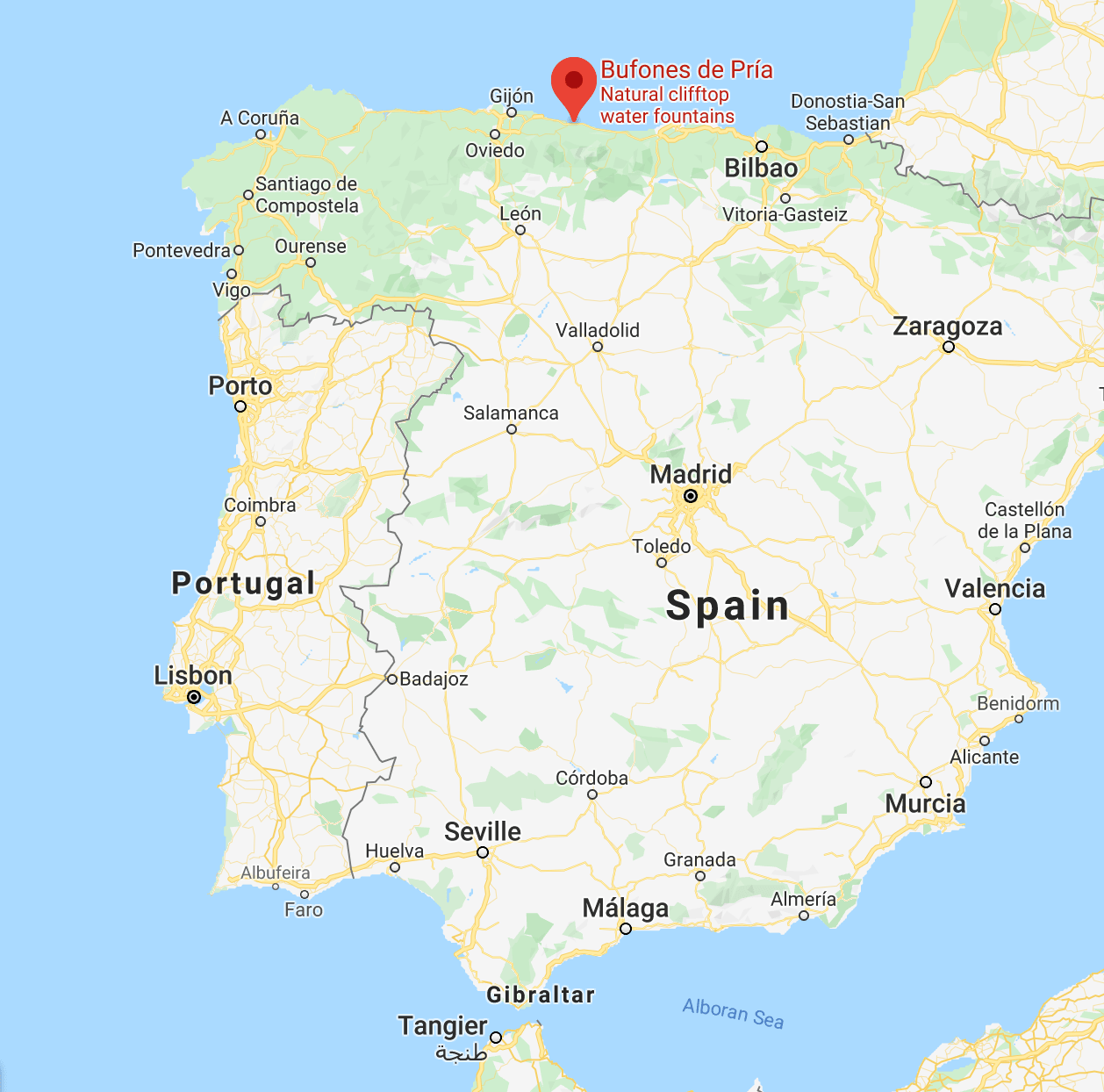
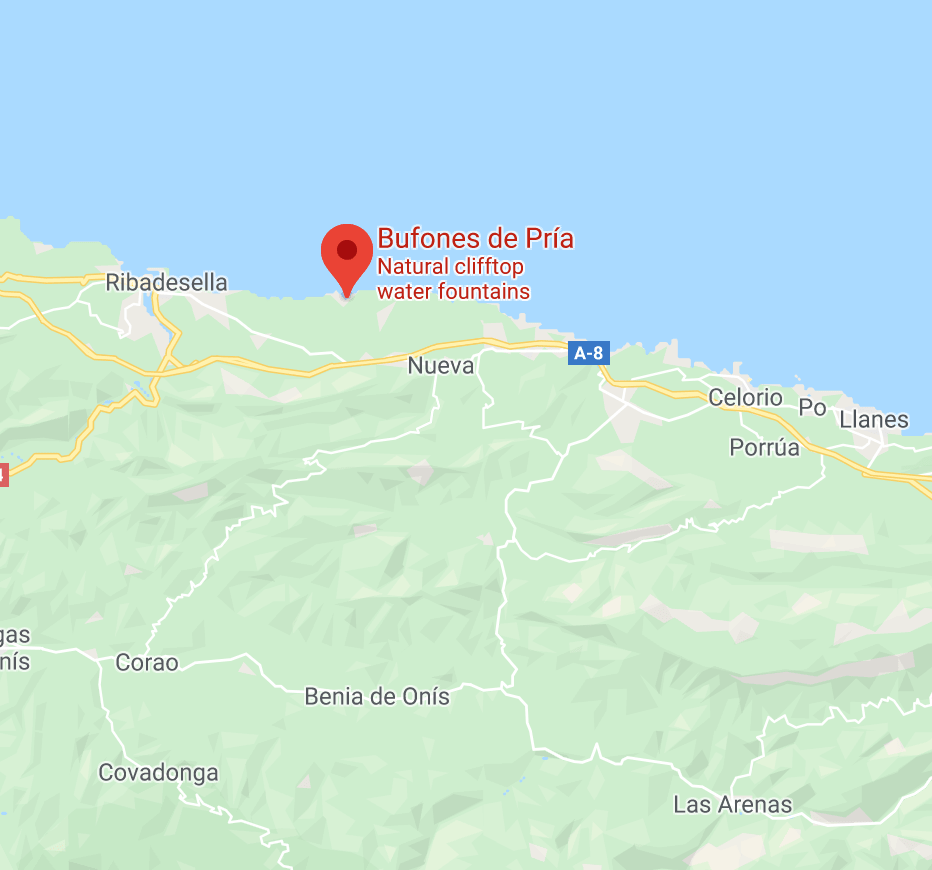
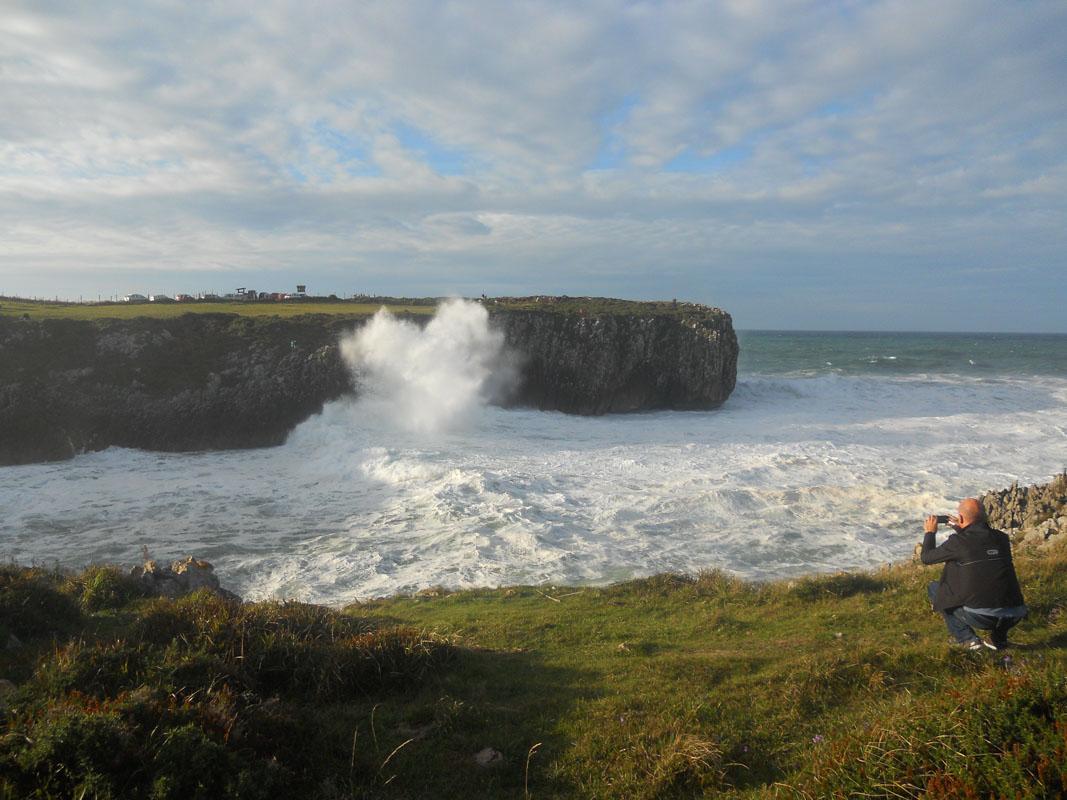
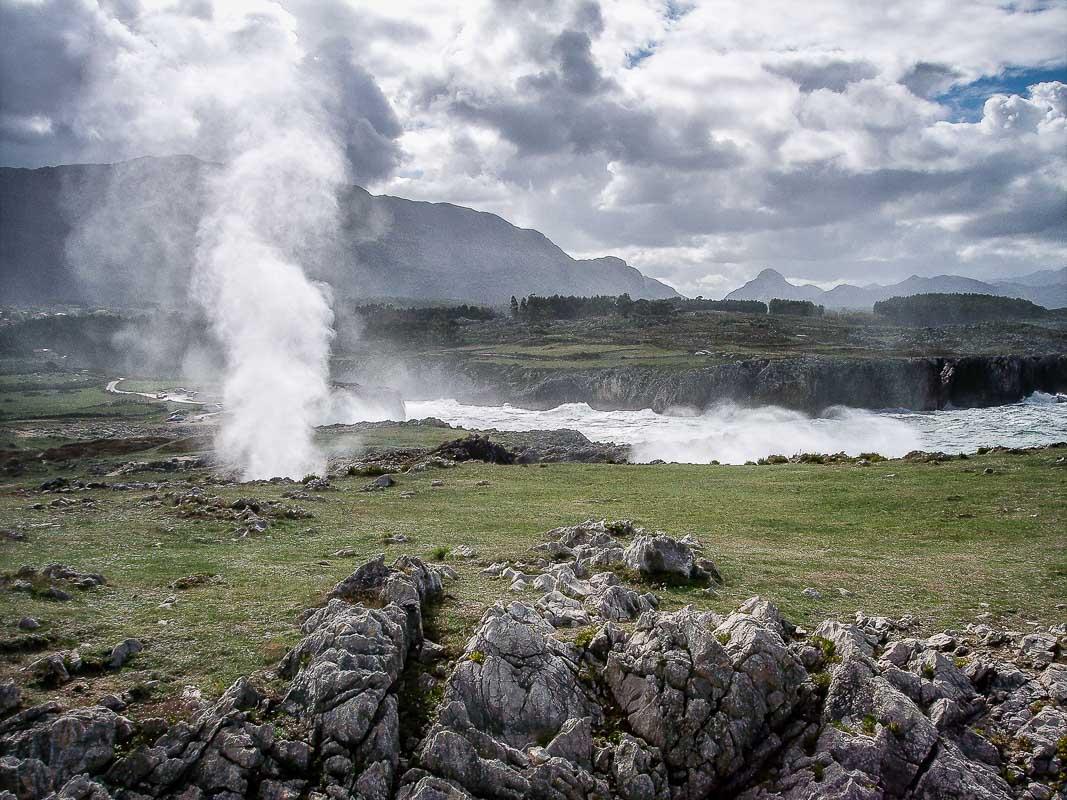
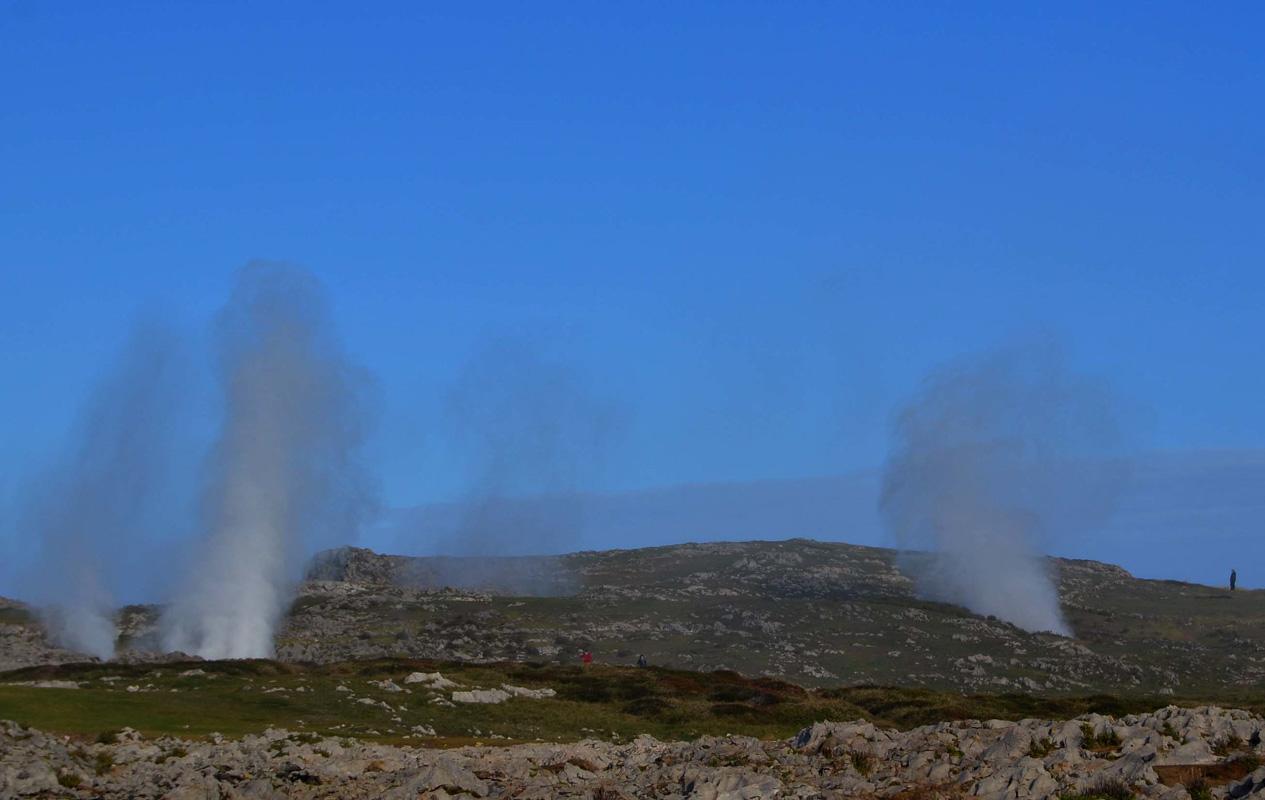
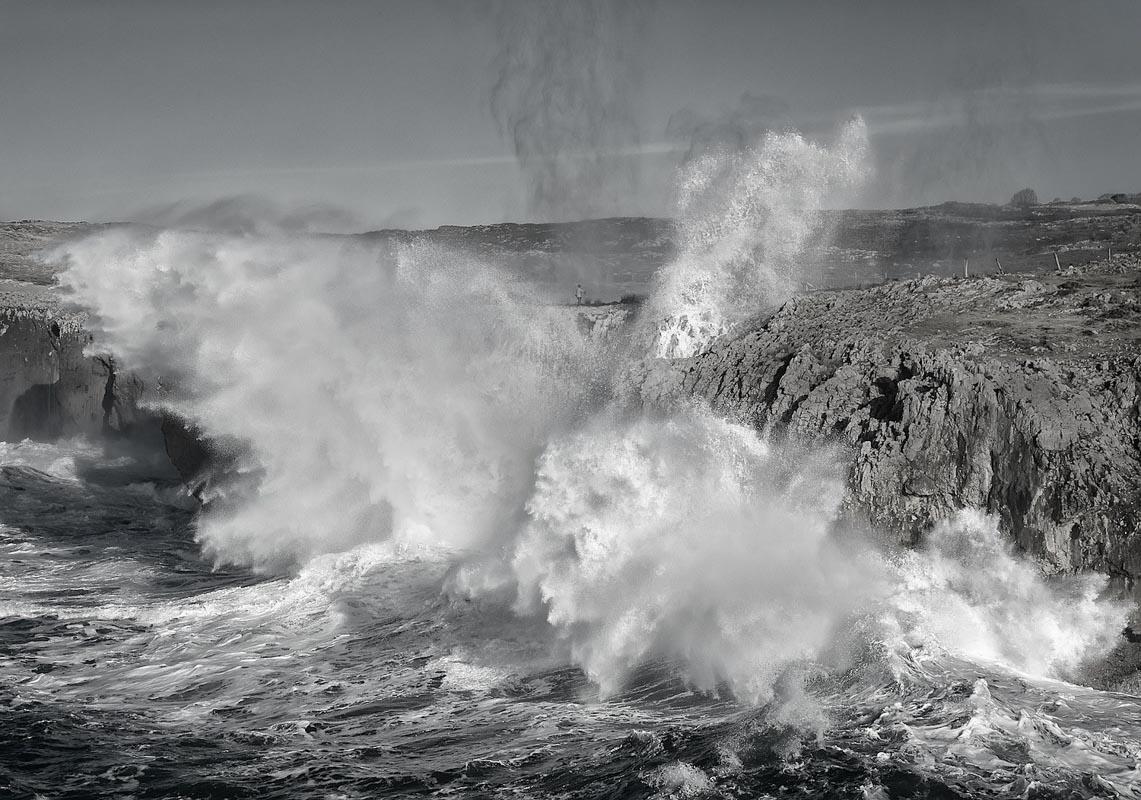
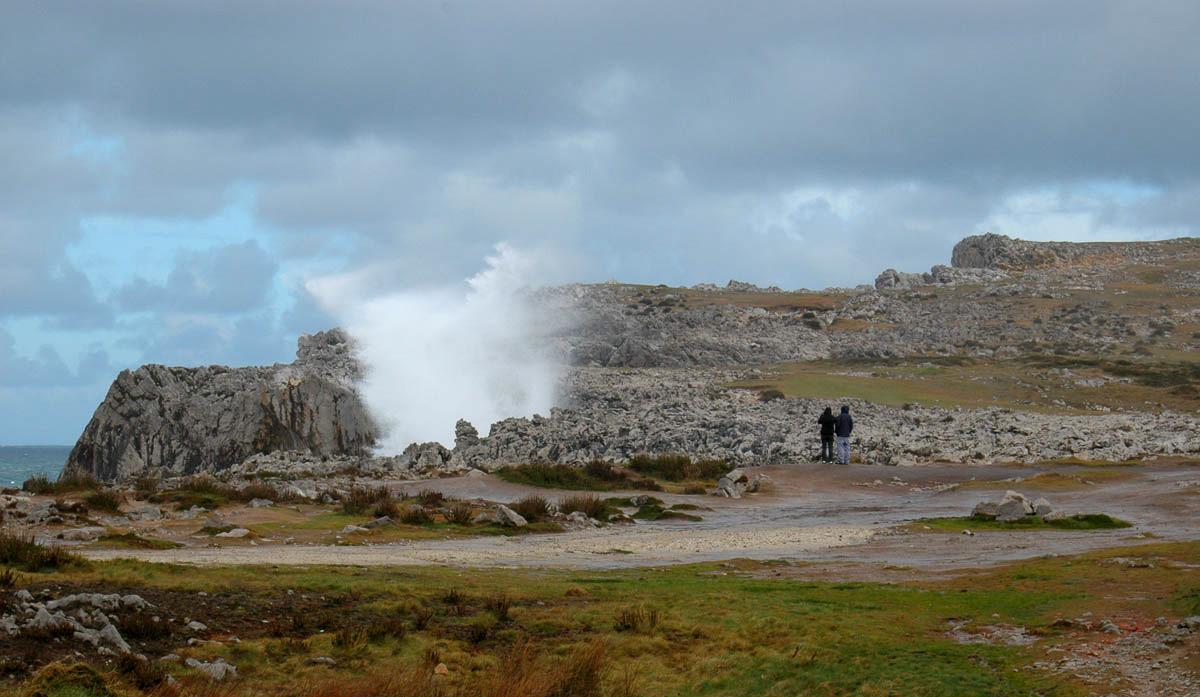
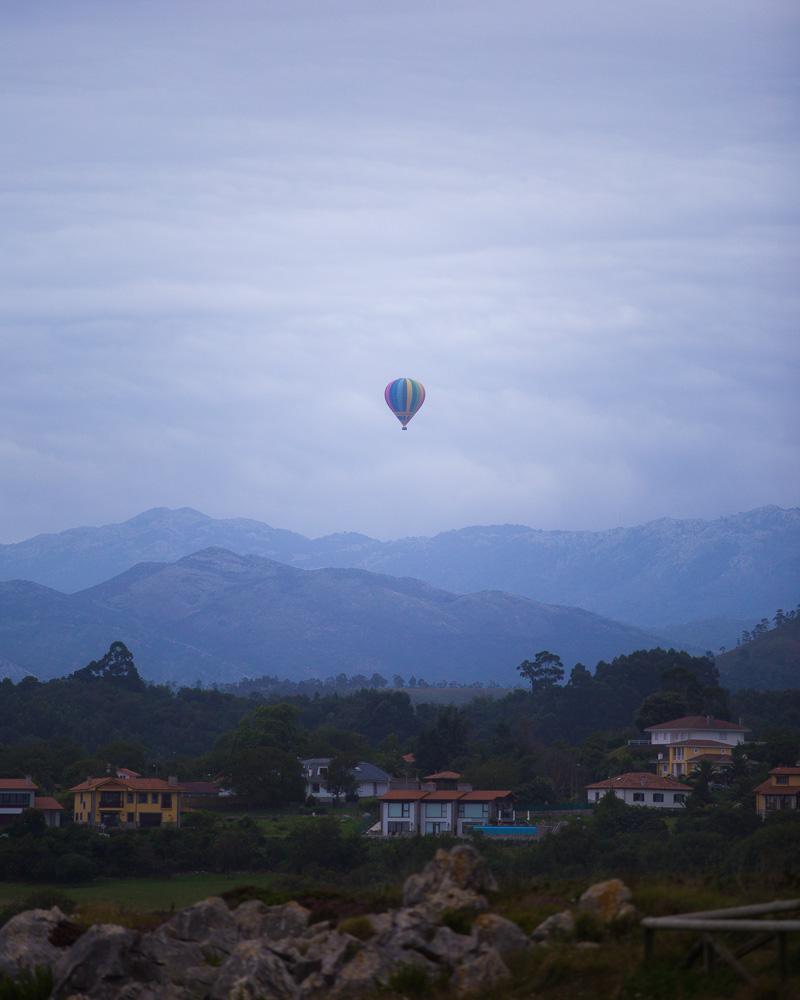
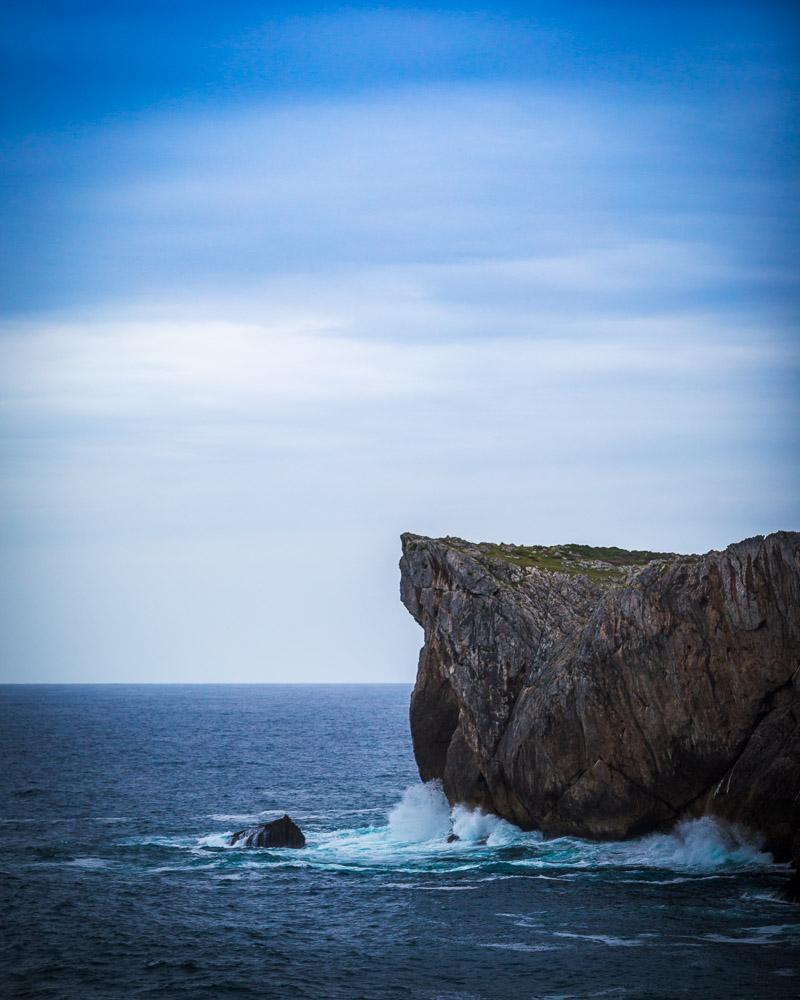
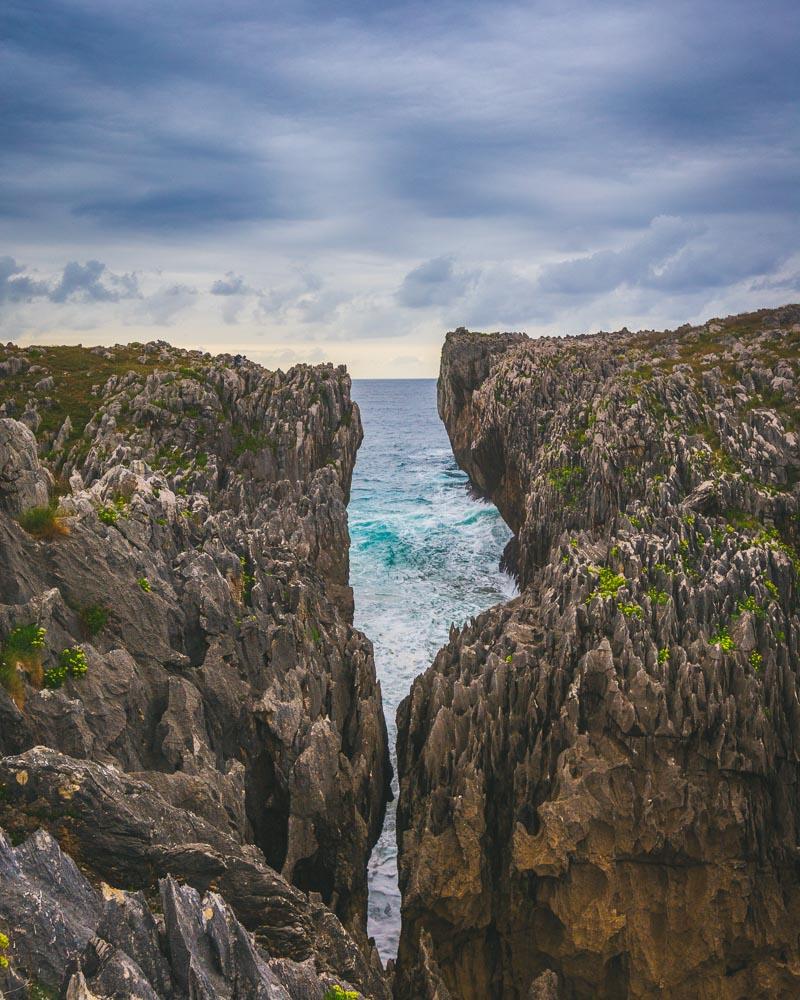
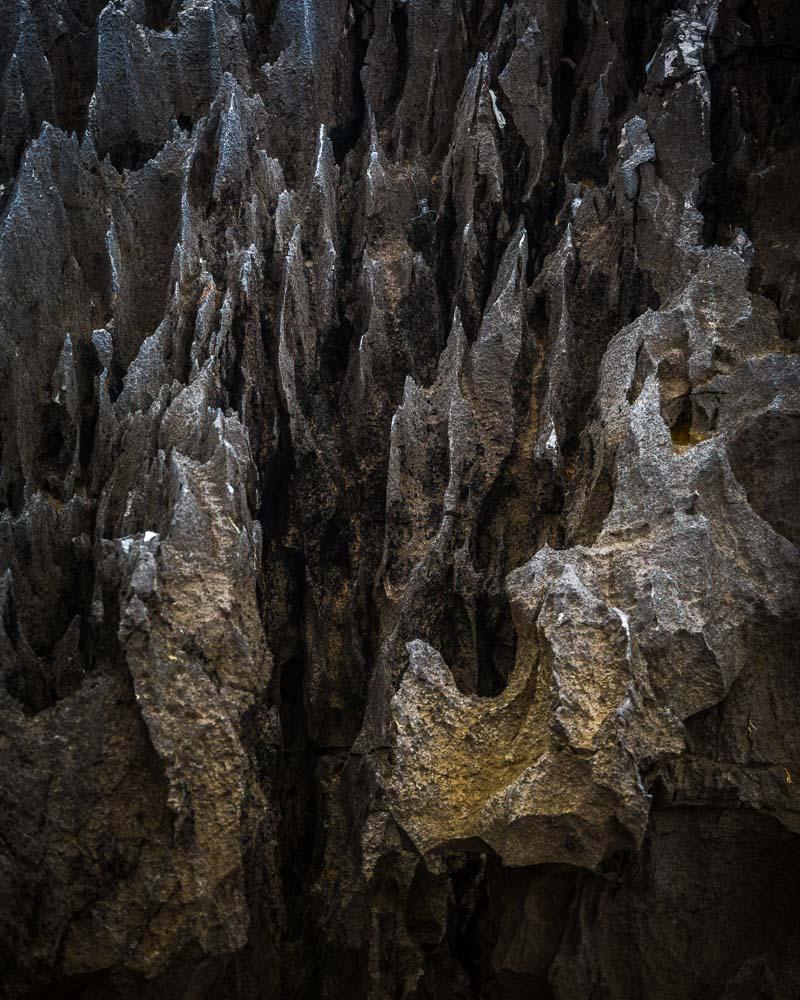
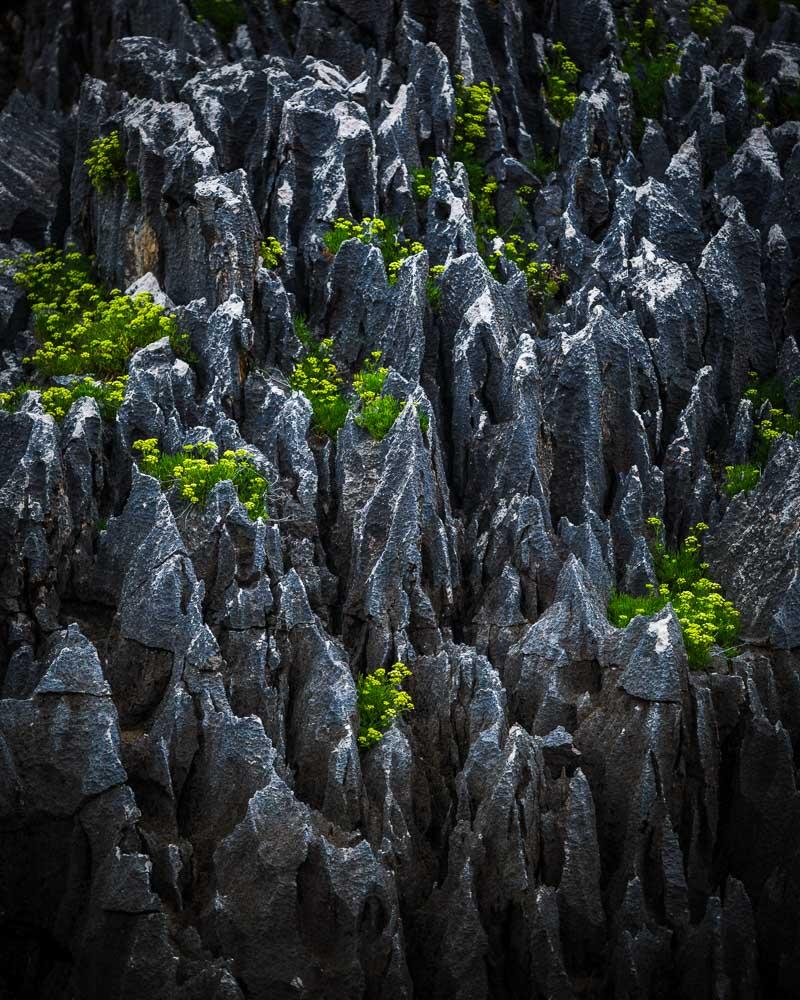
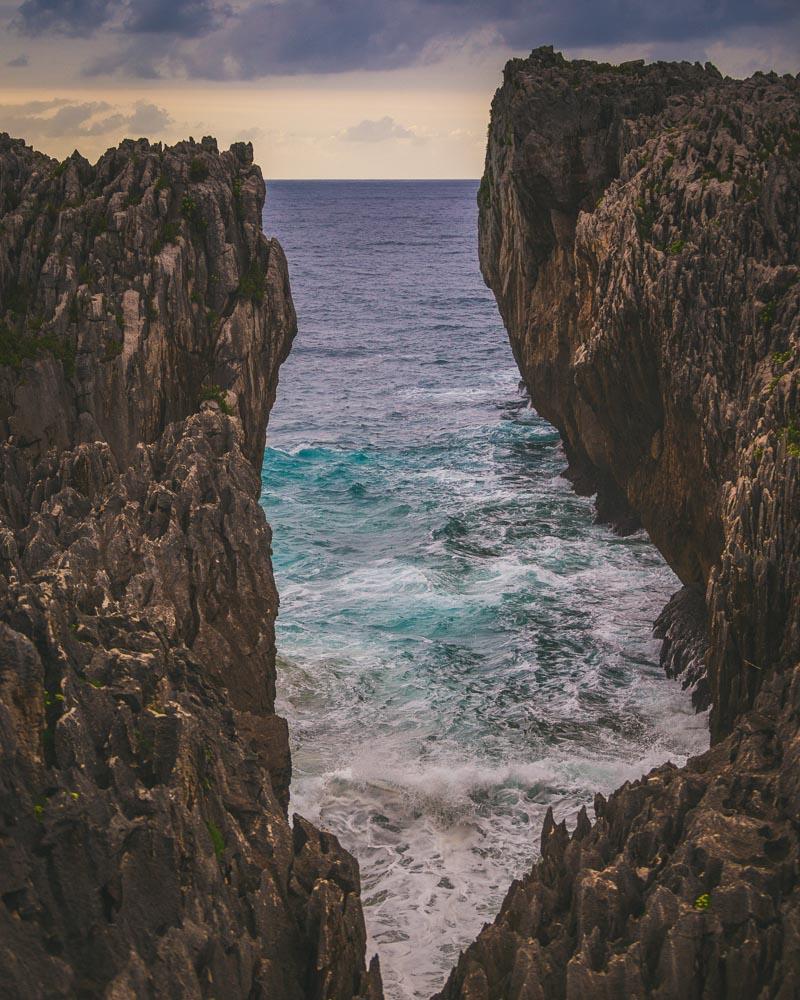
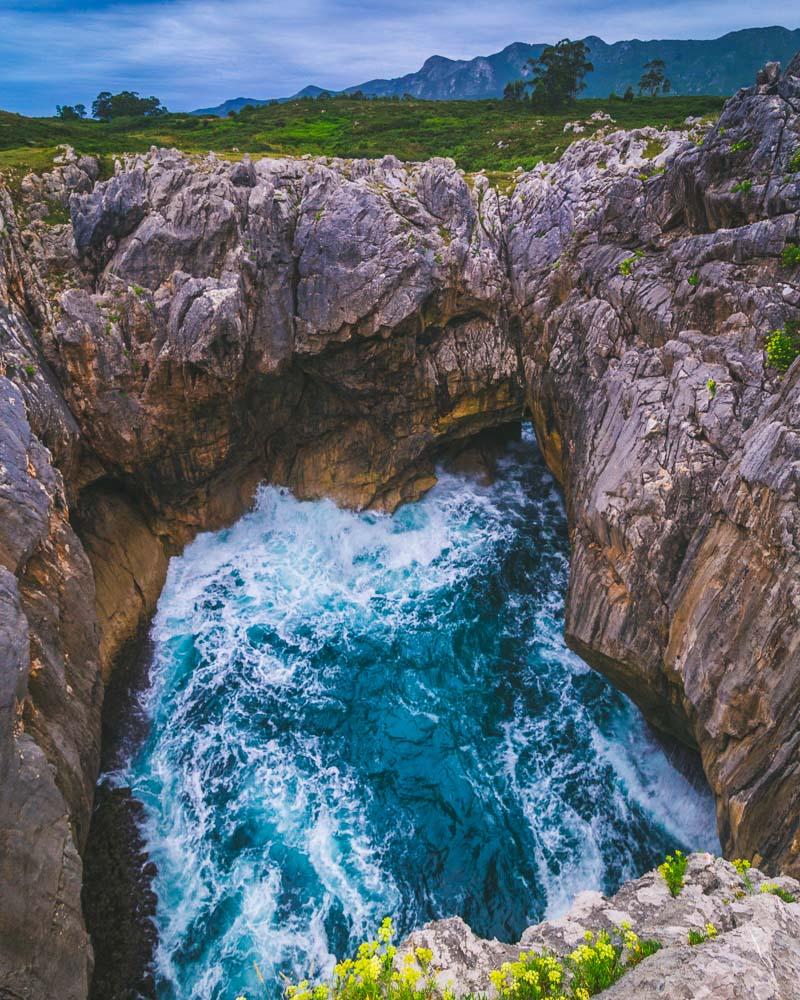
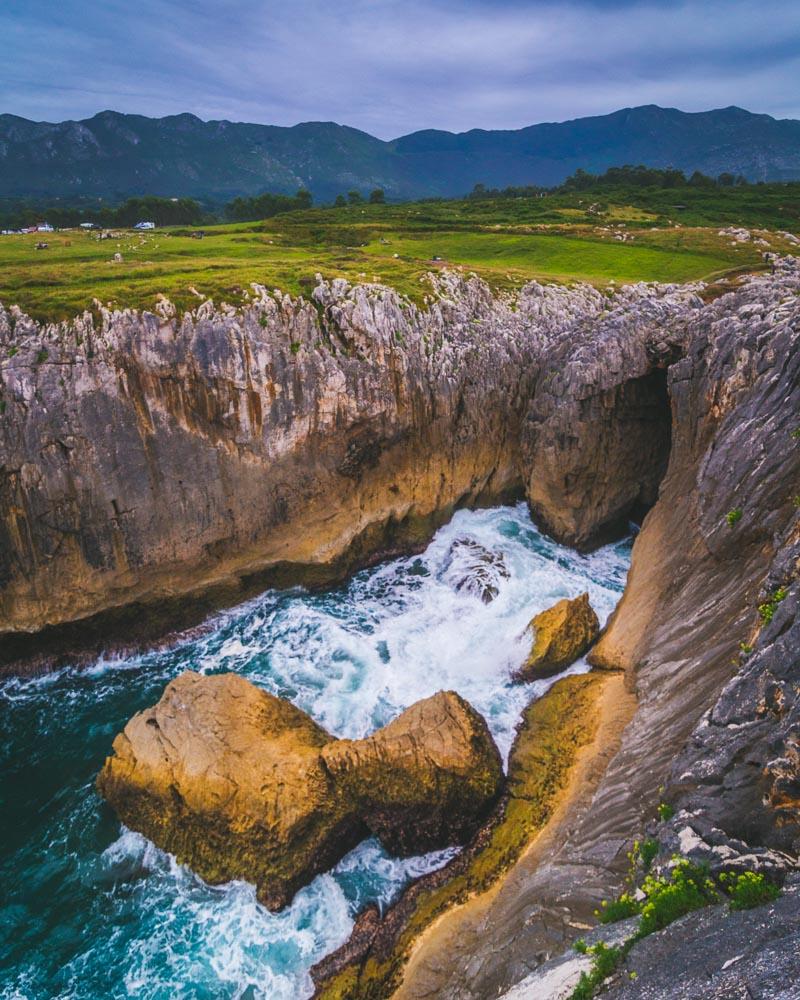
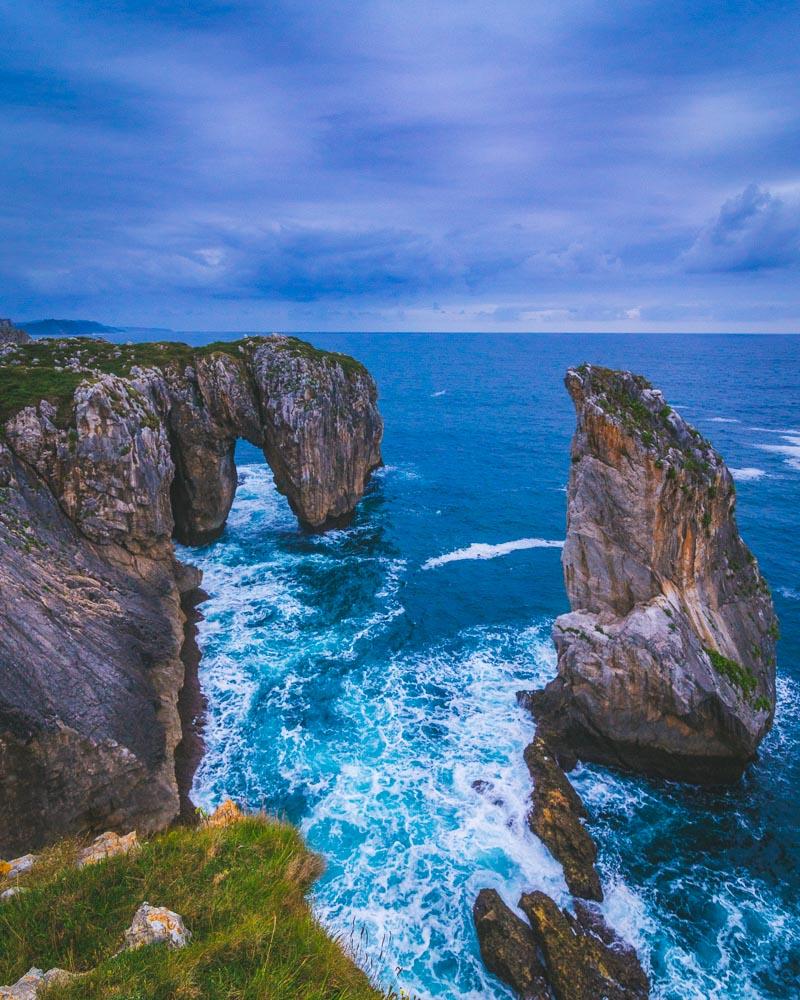
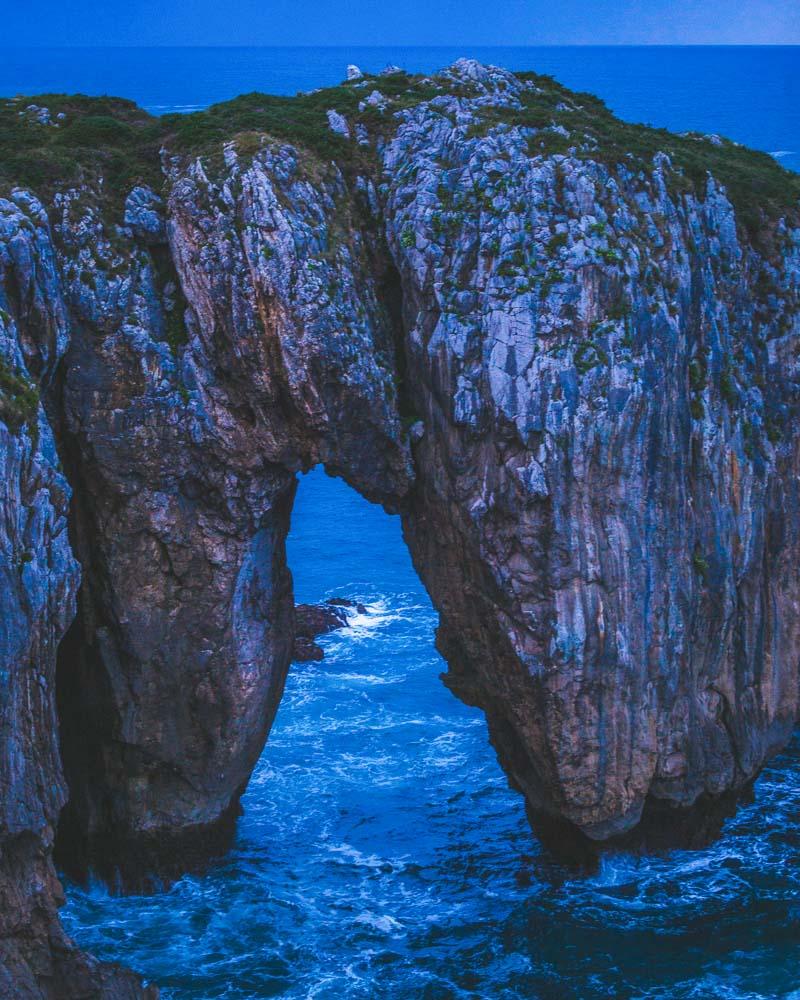
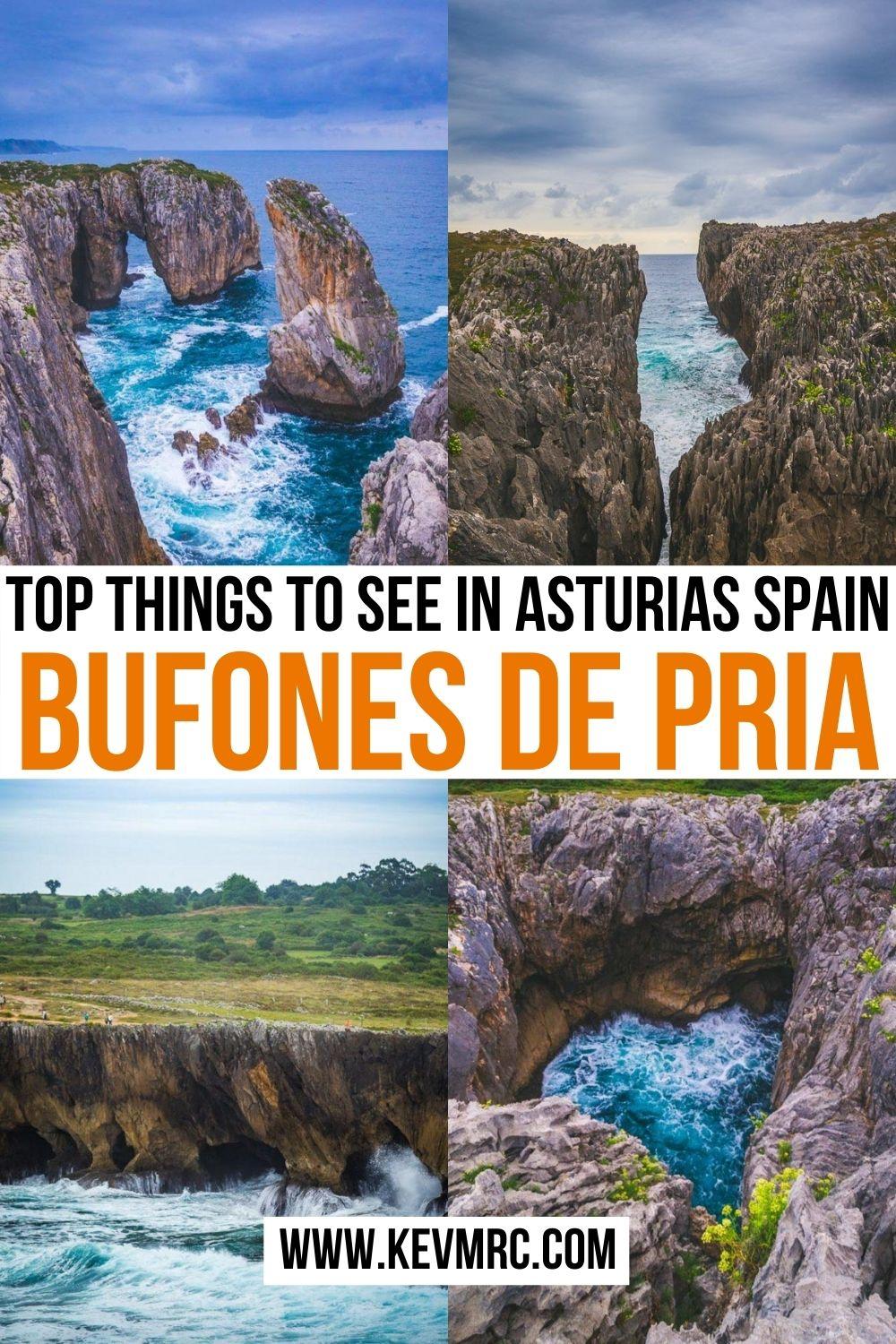

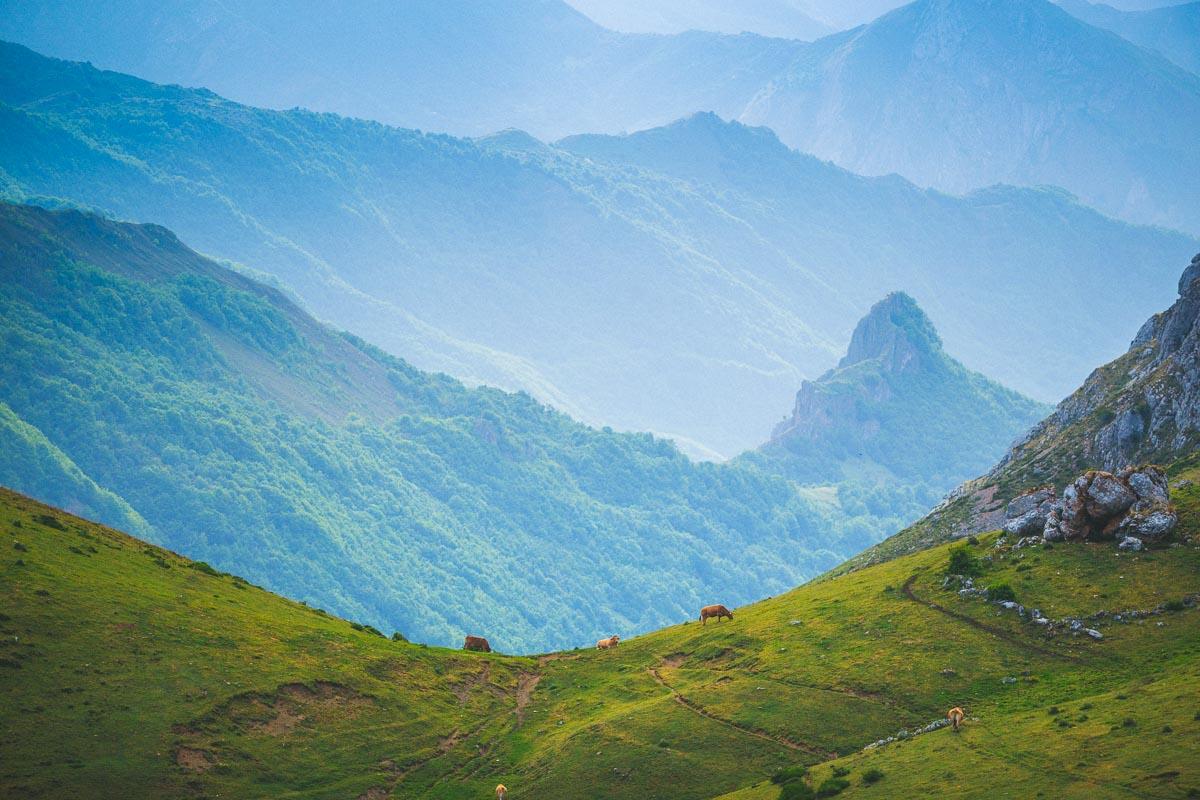
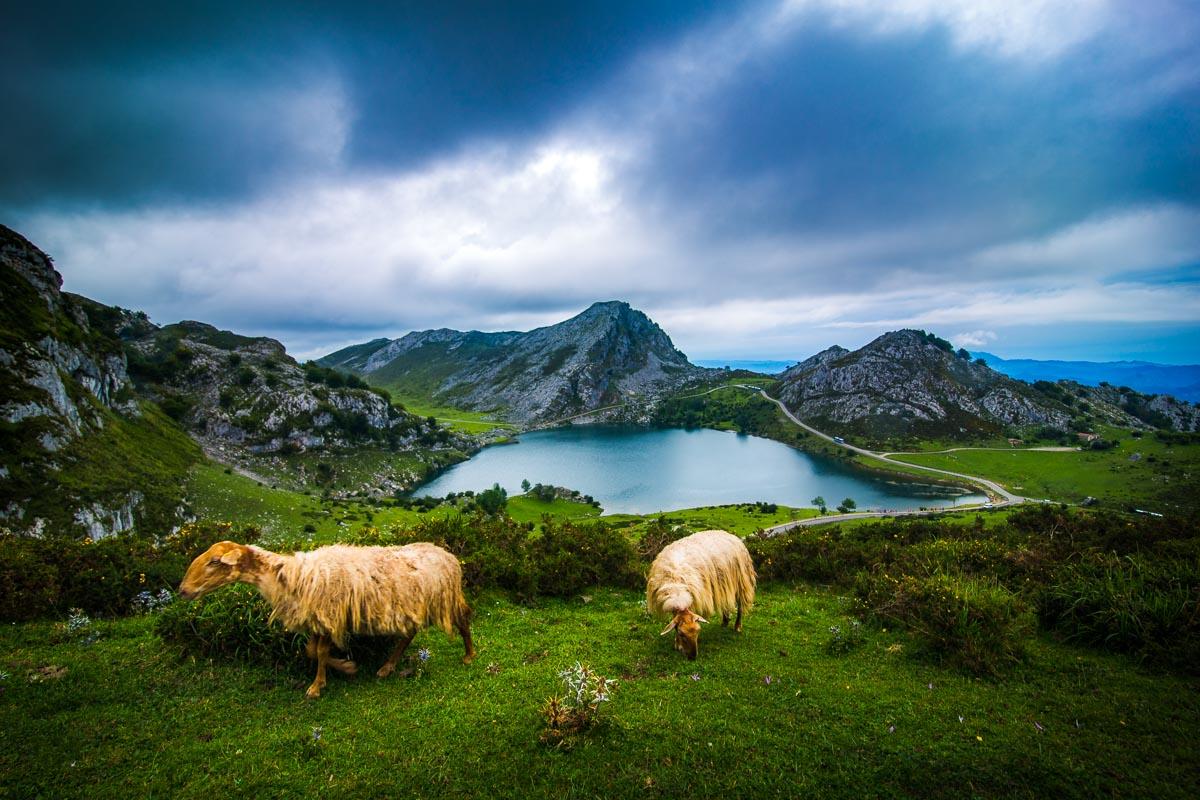
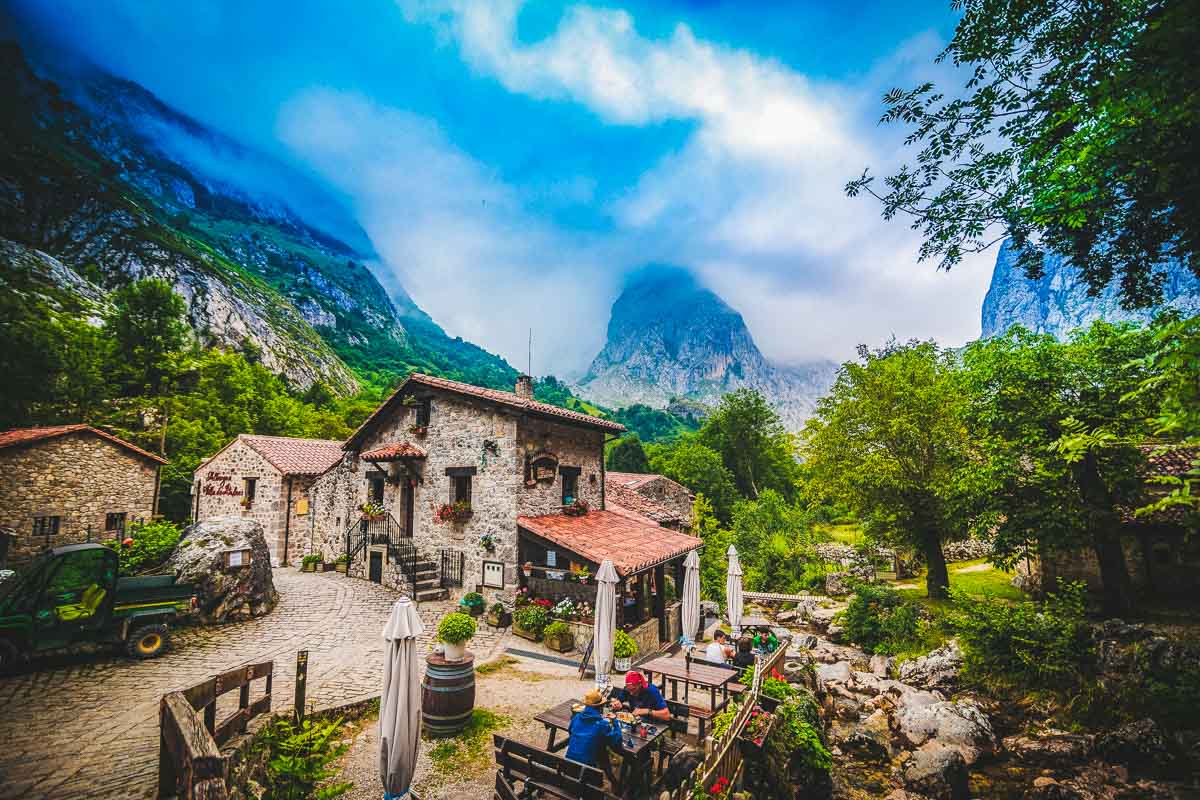
Hi Kevin,
Thank you for your post. I have actually read a few of your posts, and they are all very helpful and interesting to someone new here in Spain.
I also wanted to ask you about the heart shape picture at the Bufones. Is this found on the left or right side trail?
Thank you for your excellent work!
David
Hey Kev.
Cracking posts that you put up. Your posts are just what I have been looking for while staying in Asturias to find those little details about places I am interested in visiting.
I appreciate all the work that you put into those posts, they are very helpful.
Thanks,
Mike
Hi Mike, thank you so much for your kind comment. We are so pleased to know this piece helped you. We hope you’ve spent a great time in Asturias 🙂